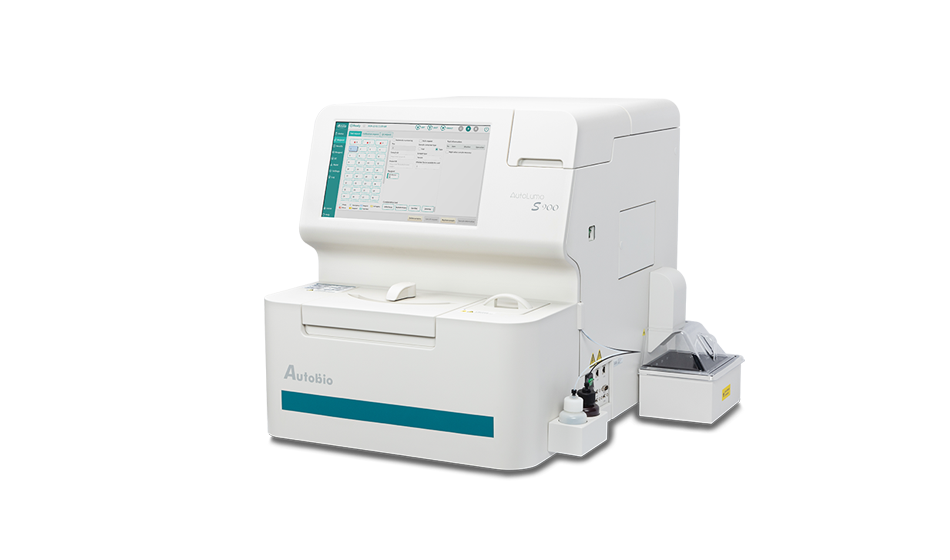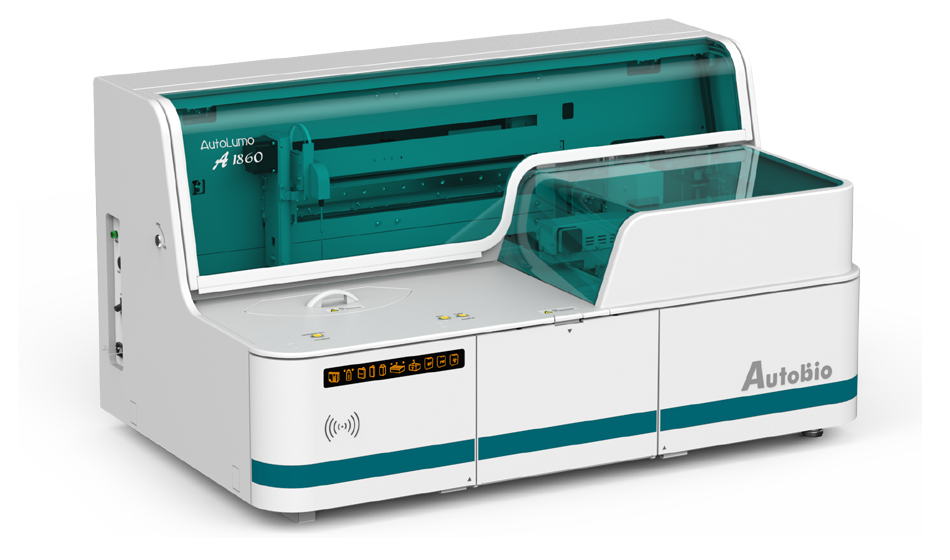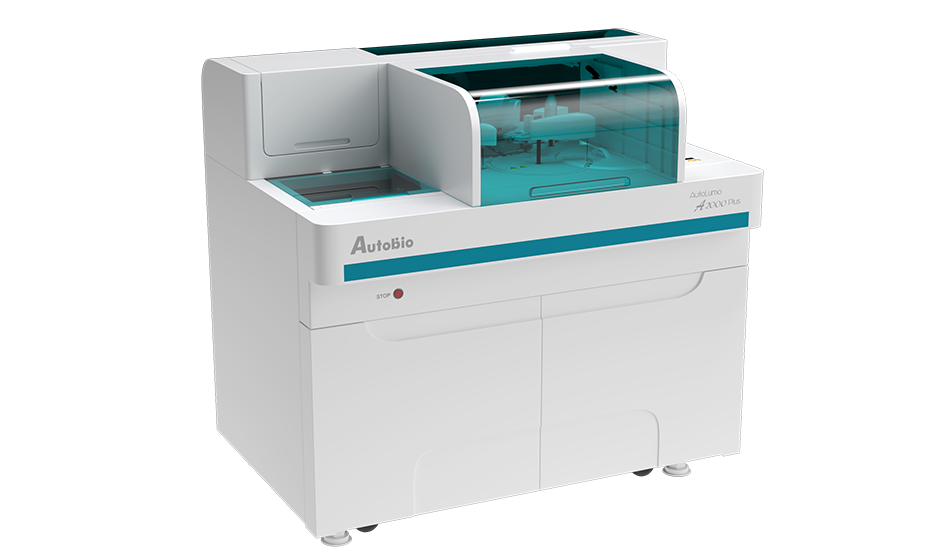
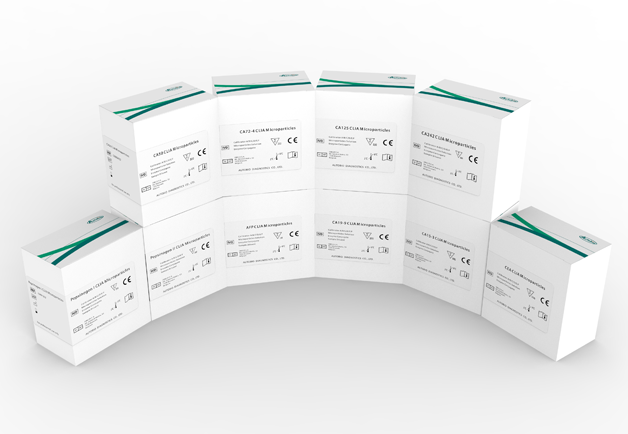
Type 1 diabetes mellitus (T1DM) is an autoimmune disease. Under the combined action of genetic factors and environmental factors, the infiltration of T lymphocytes or B lymphocytes and the immune damage mediated by autoantibodies lead to the destruction of pancreatic islets, which leads to the insufficiency or loss of insulin secretion. T1DM is usually acute and can lead to diabetic ketoacidosis. In recent years, more and more anti-glutamate decarboxylase antibody (GADA), anti-insulin antibody (IAA), anti-islet cell antibody (ICA), anti-tyrosine phosphatase antibody (IA-2A) and anti-zinc transporter antibody (ZnT8A) have been found.
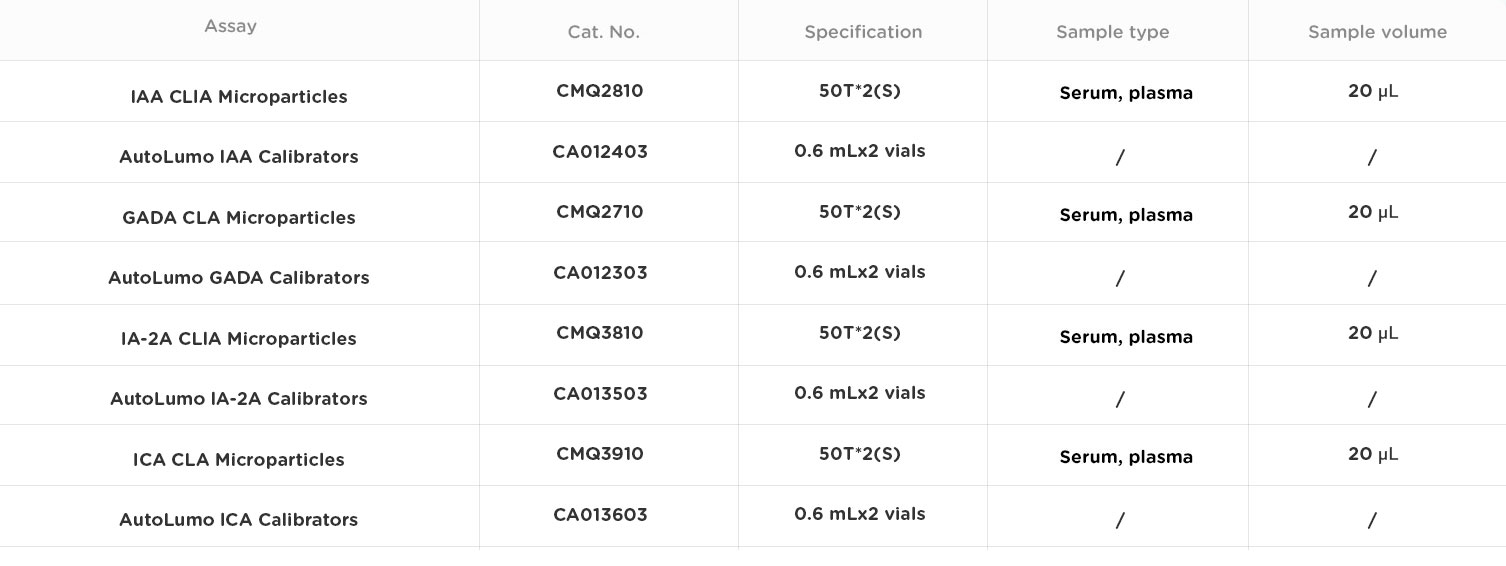
IAA is an autoantibody against endogenous insulin. It is the only specific antibody against islet β cells among diabetes-related antibodies. It is a marker of autoimmune β cell damage. The positive rate of IAA in newly diagnosed T1DM patients is 30% ~ 40%, and it has a very important predictive value for autoimmune diabetes, especially T1DM in children [1].
The presence of GADA suggests that islet beta cells are destroyed and partially lost their functions, which is an important index for distinguishing T1DM from T2DM. GADA has a high sensitivity of up to 70%-80% in the detection of T1DM [2-3] , and the antibody can be stable in the body for several years for a relatively long time, so it has a greater diagnostic value for adult delayed autoimmune diabetes.
The target antigen of IA-2A is protein tyrosine phosphatase (PTP). It can reflect the early onset of islet β cell damage with high specificity, and can be used to identify high-risk populations for early intervention [4].
ICA is an important serum diagnostic marker for T1DM through the recognition of GAD, IA-2 and other antigens [5]. The positive rate of ICA in new patients with T1DM is as high as 60%-90%, which can be used as an early detection indicator of the disease. ICA is currently considered to indicate autoimmune damage to islet beta cells, and when it is persistently positive or at high levels, it has a high predictive value for T1DM. ICA level decreases with the duration and age of onset of diabetes, which has a high diagnostic and prognostic value for diabetic patients and their first-degree relatives [6].
[1] Wang Xia, Huang Qian, Zhou Zhiguang. Research progress of insulin autoantibody detection [J]. Chinese Journal of Pharmaceutical Biotechnology,2008(02):137-139.
[2] Row ley M J et al. Antibodies to glutamic acid decarboxylase discriminate major types of diabetes mellitus[J]. Diabetes, 1992; 41: 548
[3] C. Törn, P. W. Mueller, M. Schlosser, E. Bonifacio, P. J. Bingley & Participating Laboratories.Diabetes Antibody Standardization Program: evaluation of assays for autoantibodies to glutamic acid decarboxylase and islet antigen-2[J].Diabetologia (2008) 51:846-852.
[4] Kim KY, Kim MS, Lee YJ, Lee YA, Lee SY, Shin CH, Kim JH. Glutamic Acid Decarboxylase and Tyrosine Phosphatase-Related Islet Antigen-2 Positivity among Children and Adolescents with Diabetes in Korea[J]. Diabetes Metab J. 2022 Nov;46(6):948-952.
[5] Bonifacio E, Achenbach P. Birth and coming of age of islet autoantibodies[J]. Clinical & Experimental Immunology. 2019,198:294-305.
[6] Knip M, Siljander H, Ilonen J, et al. Role of humoral beta-cell autoimmunity in type 1 diabetes[J]. Pediatric Diabetes. 2016,17:17-24.
Address: NO.87 Jingbei Yi Rd, National Eco&Tech Zone, Zhengzhou, China
Email: info@autobio-diagnostics.com Tel: +86-371-6200-7036
Autobio Copyright Reserved for ICP 18006568. All Rights Reserved.



